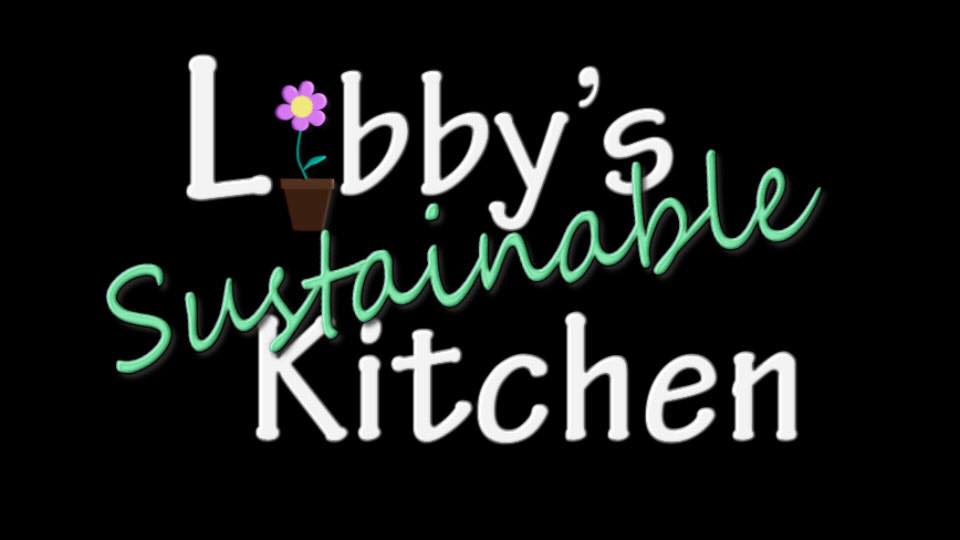How food is grown, harvested, and distributed plays a critical role in the nutrients delivered to the consumer.
Industrial agriculture grows food in depleted soil that is supplemented with chemical fertilizers and sprayed with chemical pesticides. The food is harvested before it is ripe, takes 5–14 days to reach consumers, and is typically limited to a few crop varieties 1.
Plants grown in fertile soil have more nutrients in the edible parts of the plant than those grown in infertile soil 2–4. For example, peas grown in fertile soil contained three times more zinc than those grown in infertile soil, and wheat contained five times more selenium 3–5.
Produce grown with pesticides may not develop a natural defense system which can act as beneficial phytochemicals to us, such as isothiocyanates, present in broccoli 6,7.
A fruit or vegetable separated from the vine or stem (the plant) before it is ripe will begin to decline before reaching its full nutrient profile. Once a fruit or vegetable is harvested, it continues to respire resulting in moisture loss, quality and nutrient degradation, and potential microbial spoilage 8. One study found carotenoid levels increase with ripening 9. Vine-ripe tomatoes have higher levels of lycopene, beta-carotene, and soluble fiber than tomatoes ripened off the vine 10.
Maximizing the nutrient output of farming systems calls for a shift in the type of food that’s grown as well as how it’s grown, harvested and distributed. A focus on growing more nutrient-dense crops in place of the high value staple crops necessitates a shift in the current industrial farming practices4,11. The concept of nutrition-sensitive agriculture, described by Jaenicke and Virchow (2013), aims to “narrow the gap between available and accessible food and the food needed for a healthy and balanced diet for all people” (p.679). Research focused on nutrition-sensitive agriculture shows how sustainable agriculture supports the goal of nutrient-dense food while assuring the stability of the system 4,12,13.
Sustainably grown food has less toxins, nitrates, and does not use chemical pesticides or fertilizers. Therefore, consumption of sustainable foods may reduce exposure to pesticide residues and antibiotic-resistant bacteria 14–16.
How can our shopping habits support nutrition sensitive agriculture?
1. Ramberg J, Mcanalley B. From the Farm to the Kitchen Table : A Review of the Nutrient Losses in Foods. 2002;3(5):1-12. https://www.kwikwap.co.za/health/docs/From the Farm to the Kitchen.pdf.
2. Lauer F, Prost K, Gerlach R, et al. Organic fertilization and sufficient nutrient status in prehistoric agriculture? - Indications from multi-proxy analyses of archaeological topsoil relicts. PLoS One. 2014;9(9). doi:10.1371/journal.pone.0106244.
3. Zuo Y, Zhang F. Soil and crop management strategies to prevent iron deficiency in crops. Plant Soil. 2011;339(1):83-95. doi:10.1007/s11104-010-0566-0.
4. Miller DD, Welch RM. Food system strategies for preventing micronutrient malnutrition.Food Policy. 2013;42:115-128. doi:10.1016/j.foodpol.2013.06.008.
5. Welch RM, Graham RD. Breeding crops for enhanced micronutrient content. Plant Soil. 2002;245(1):205-214. doi:10.1023/A:1020668100330.
6. Mattson MP. Hormesis and disease resistance: activation of cellular stress response pathways. Hum Exp Toxicol. 2008;27(2):155-162. doi:10.1177/0960327107083417.
7. Hayes DP, Hayes DP. Nutritional hormesis. Eur J Clin Nutr. 2006;61(2):147-159. doi:1602507 [pii] 10.1038/sj.ejcn.1602507.
8. Rickman JC, Barrett DM, Bruhn CM. Nutritional comparison of fresh, frozen and canned fruits and vegetables. Part 1. Vitamins C and B and phenolic compounds. J Sci Food Agric. 2007;87(2):930–944. doi:10.1002/jsfa.
9. Skrede G. Freezing Effects on Food Quality. (Jeremiah LE E, ed.). New York: Marcel Dekker, Inc.,; 1996. https://www.crcpress.com/Freezing-Effects-on-Food-Quality/eremiah/p/book/9780824793500.
10. Arias R, Lee TC, Specca D, Janes H. Quality comparison of hydroponic tomatoes (Lycopersicon esculentum) ripened on and off vine. J Food Sci. 2000;65(3):545-548. doi:10.1111/j.1365-2621.2000.tb16045.x.
11. Welch RM, Graham RD. A New Paradigm for World Agriculture: Productive, Sustainable and Nutritious Food Systems to Meet Human Needs. Dev Bull. 1999;49:29-32. doi:10.1177/156482650002100404.
12. Jaenicke H, Virchow D. Entry points into a nutrition-sensitive agriculture. Food Secur. 2013;5(5):679-692. doi:10.1007/s12571-013-0293-5.
13. Keding GB, Schneider K, Jordan I. Production and processing of foods as core aspects of nutrition-sensitive agriculture and sustainable diets. Food Secur. 2013;5(6). doi:10.1007/s12571-013-0312-6.
14. Maggio A, De Pascale S, Paradiso R, Barbieri G. Quality and nutritional value of vegetables from organic and conventional farming. Sci Hortic (Amsterdam). 2013;164:532-539. doi:10.1016/j.scienta.2013.10.005.
15. Smith-spangler C, Brandeau ML, Hunter GE, et al. Annals of Internal Medicine | Are Organic Foods Safer or Healthier Than Conventional Alternatives?: A Systematic Review. 2012;(May 2011). http://annals.org/article.aspx?articleid=1355685.
16. Herencia JF, García-Galavís P a., Dorado JAR, Maqueda C. Comparison of nutritional quality of the crops grown in an organic and conventional fertilized soil. Sci Hortic (Amsterdam). 2011;129(4):882-888. doi:10.1016/j.scienta.2011.04.008.
